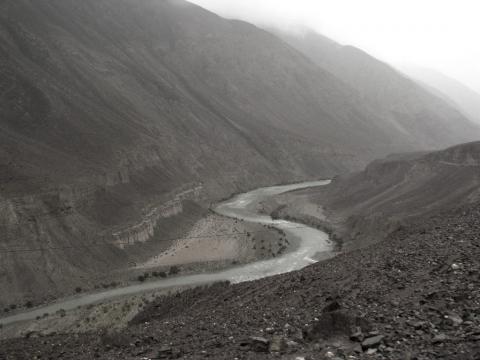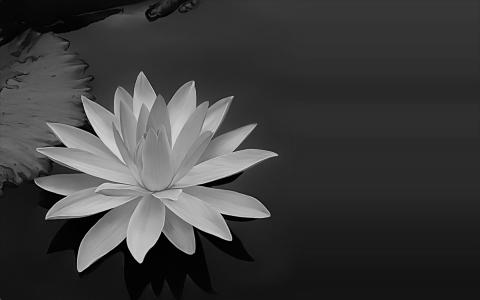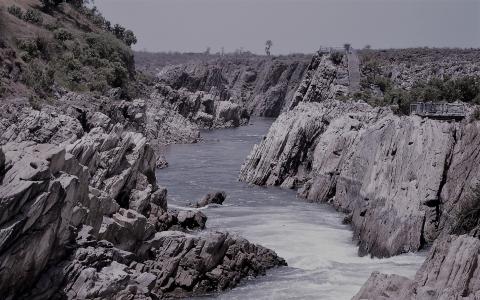
Conclusion:
Even as I wrote this work, my daughter Smt. Shanta and grand-daughter Smt. Leela went through different segments and expressed their delight. They have now completed their studies and are married. This work contains several stories which they can tell their family and friends. This collection of stories cannot be read in a day and hands extended seeking another story book. It contains such a huge number of stories. For a person who...

Another noteworthy element visible in Kathā-sarit-sāgara is the amiability within society - even those days there were religions, castes, occupations, and good and bad people; but they did not clash due to these differences; even the principles of Buddhism which are termed Cārvāka or Nāstika (atheist), merged with Hindu traditions like milk and water. Within the same families there were people who followed different paths; wonder why people...

Naravāhanadatta who comes as a part of the Bṛhatkathā is special because of the streams of ‘knowledge’ he specialises in. There are stories where vāmācāra is practised and vetālas play prominent roles. They do not dazzle like the Pāṇḍavas who were filled with quialities of brilliant dharma and vīra. In the Bṛhatkathā, kāpālikas play a more important role as against the yājñikas. It is for this reason that Bāṇa-bhaṭṭa says:
समुद्दीपित कन्दर्पा क...

The place of Kathā-sarit-sāgara in literature
Earlier, I had discussed a little about the poetic qualities of Kathā-sarit-sāgara. Here, I will write a few words about its plot. The main story in Kathā-sarit-sāgara is that of Vatsarāja and his son Naravāhanadatta. However, like the adage, “the nose ring is heavier than the nose itself”, the sub-stories surpass the main story both qualitatively and quantitatively. It is impossible to enumerate the...

If milk needs to get fermented into curd, both the milk and the curd should be of the right quality and quantity. Neither should cause imbalance – there will be no curd either if the milk is boiled too much or if the fermenting curd is sour – it is the same with a family – for it to function well, both the parties should gel well with each other – one person’s loss of wisdom is sufficient for the equilibrium to be disturbed[1]. One party...

Some people, even as they utter words as hurting as the kick of a donkey, say thus with knit faces: ‘I don’t retain any filth within; I don’t say one thing and mean another; I lay forth everything that’s inside, out in the open’. Saying so, they pat themselves in the back over their transparent and straightforward ways. This is not an admirable trait; for, after all, what issues out clearly shows what lay within, isn’t it? If one’s speech can...

“Lincoln who was the elected leader of America (1870) suffered because of the harsh words his wife spoke every minute, each day – it was as good as him dying. Her words churned his insides, but yet, he held on to his life. Lincoln’s wife troubled him just as one would torture one’s enemy. He tolerated it all, without speaking a word. Yet, we can say that she was a bit kinder than Tolstoy’s wife, who mercilessly humiliated her husband publicly –...

For people who have read ancient works like Mahābhārata it is quite evident that this book is all about worldly affairs; The independence, carefree attitude, villainy, wickedness, gambling, adultery, heroism etc. Since it happens in life so it is in literature, but the problem here is the problem of the Koṇas. Koṇa not only refers to the dirty, slow moving, quadrupedal animal specialty (i.e. Male buffalo); it also refers to a dim-witted, coarse...

Dhanika quotes a śloka from the Bṛhatkathā and two ślokas from the Brahat-kathā-mañjarī. It seems like he had named his work Kathā-sarit-sāgara by Somadeva’s times. We cannot say this with certainty either! It is quite possible that the Bṛhatkathā kept growing in this manner and finally, in Kashmir, it took the form of the work of eighteen lambakas. It is not unlikely that this is an imitation of the eighteen parvans of the Mahābhārata. It is...

The evolution of the Bṛhat-kathā
Overall a story means creation. There will be a canvas for a painting. But on that background which is considered as truth, the foreground which consists of the imagined fantasy is what is more valued. The place, the country, the king, the citizens, even though some of the names are true the overall story may be far from the historical and geographical realities. It does not have the sanctity or immutability of...
